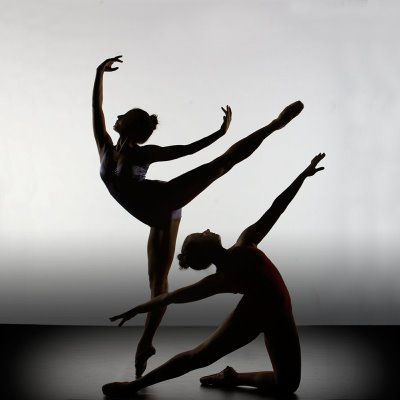/classes
Click IMAGE not words, for a description of each dance genre.
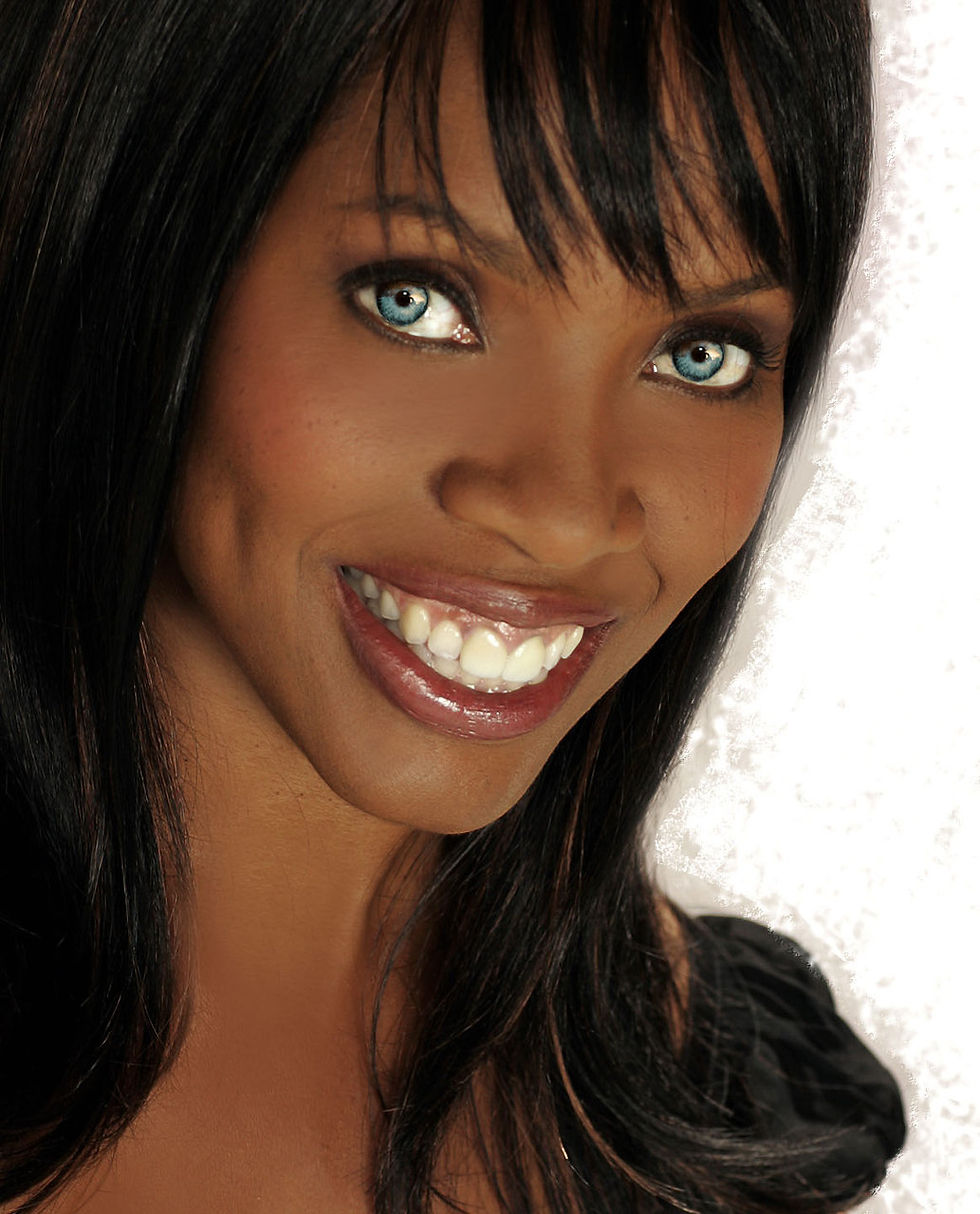

modern dance noun a form of contemporary theatrical and concert dance employing a special technique for developing the use of the entire body in movements expressive of abstract ideas. a style of free and expressive theatrical dancing not bound by the classical rules of ballet Origin: 1910–15


Jazz Dance ...a dance form or dance that is matched to the rhythms and techniques of jazz music, developed by American blacks in the early part of the 20th century. any dance to jazz accompaniments, composed of a profusion of forms. Jazz dance paralleled the birth and spread of jazz itself from roots in black American society and was popularized in ballrooms by the big bands of the swing era (1930s and '40s). It radically altered the style of American and European stage and social dance.

ballet - n 1. a classical dance form demanding grace and precision and employing formalized steps and gestures set in intricate, flowing patterns to create expression through movement. 2. a theatrical entertainment in which ballet dancing and music, often with scenery and costumes, combine to tell a story, establish an emotional atmosphere... 3. an interlude of ballet in an operatic performance. 4. the musical score for a ballet: the brilliant ballets of Tchaikovsky.
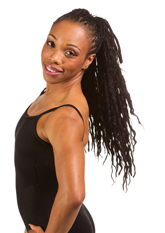

hip-hop — n a US pop culture movement originating in the 1980s comprising rap music, graffiti, and break dancing.
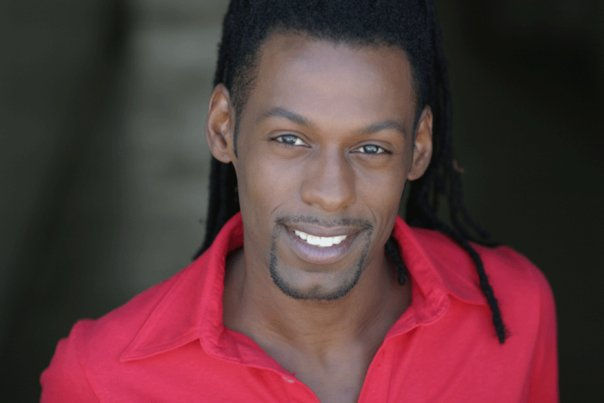

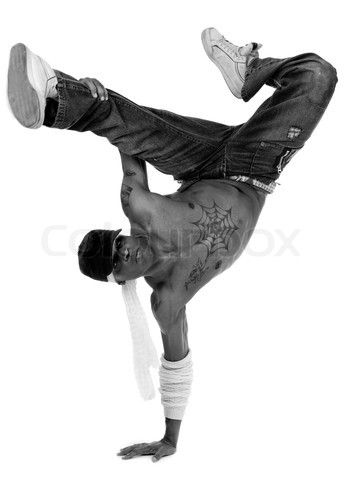
Bellydance -noun ...an Oriental solo dance, performed by a woman with midriff exposed, emphasizing movements of the pelvis and abdominal muscles. ... a sensuous and provocative dance of Middle Eastern origin, performed by women, with undulating movements of the hips and abdomen Also called danse du ventre. Origin: 1895–1900


aer·i·al dance - n 1. of, in, or produced by dancing in the air: aerial currents. 2. inhabiting or frequenting the air: aerial creatures. 3. operating on a track or cable elevated above the ground: an aerial ski lift up the mountainside. 4. reaching far into the air; high; lofty: aerial spires. 5. partaking of the nature of air; airy.


Pole Dancing — n a form of entertainment in which a scantily dressed woman dances erotically, turning on and posing against a vertically fixed pole on a stage. period: 1990s


Contemporary Modern - n ... is a style of expressive dance that combines elements of several dance genres including modern, jazz, lyrical and classical ballet. Contemporary dancers strive to connect the mind and the body through fluid dance movements. Contemporary dance stresses versatility and improvisation, unlike the strict, structured nature of ballet. Contemporary dancers focus on floorwork, using gravity to pull them down to the floor. This dance genre is often done in bare feet.



Latin Dance -n is a general label, and a term in partner dance competition jargon. It refers to types of ballroom dance and folk dance, and includes a wide range of dances originating in Latin America, Cuba and Puerto Rico. The category of Latin dances in the international dancesport competitions consists of the cha-cha-cha, rumba, samba, paso doble, and also the jive of United States origin.


Ballroom Dance - noun any of a variety of social or recreational dances performed by couples, as in a ballroom. Origin: 1890–95

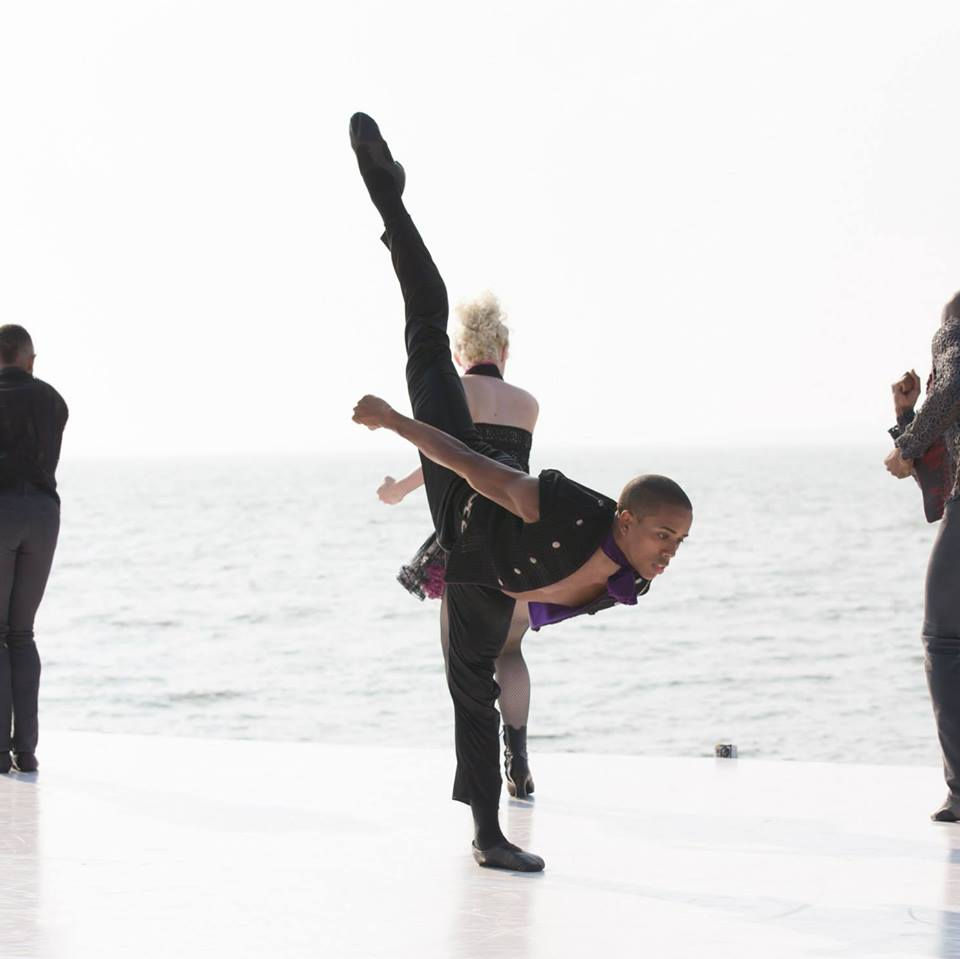
Contact Improv is a partner dance form based on the physical principles of touch, momentum, shared weight, and most quintessentially - following a shared point of contact. Founded in 1972 by Steve Paxton. Integrating his background as a modern dancer and his studies in the martial art form Aikido, Steve developed Contact Improv through explorations with his students and colleagues at the time. This dance practice explores the skills of falling, rolling, counterbalance, lifting...

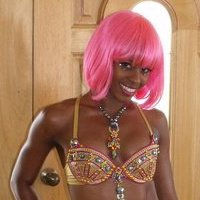
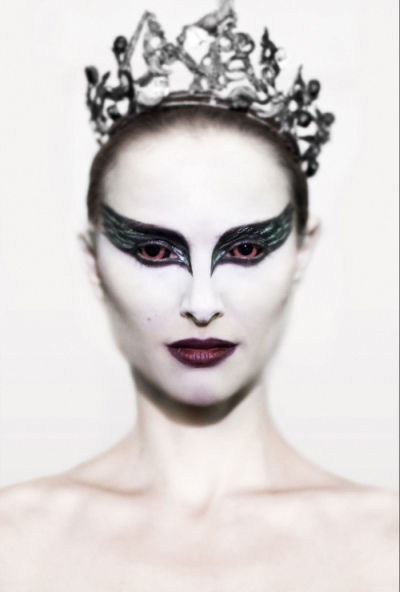
Horton In the 1920s, ’30s and ’40s, dancer/choreographer Lester Horton developed a dance technique based on Native American dances, anatomical studies & other movement influences. Dancers coming to Horton class prepare by drawing on their experience with jazz dance. "Many jazz teachers incorporate Horton’s ideas in their warm-ups,” says chair of The Ailey School’s Horton Department. Horton uses flat backs and lateral stretches, tilt lines and lunges, all movement found in a jazz warm-ups.
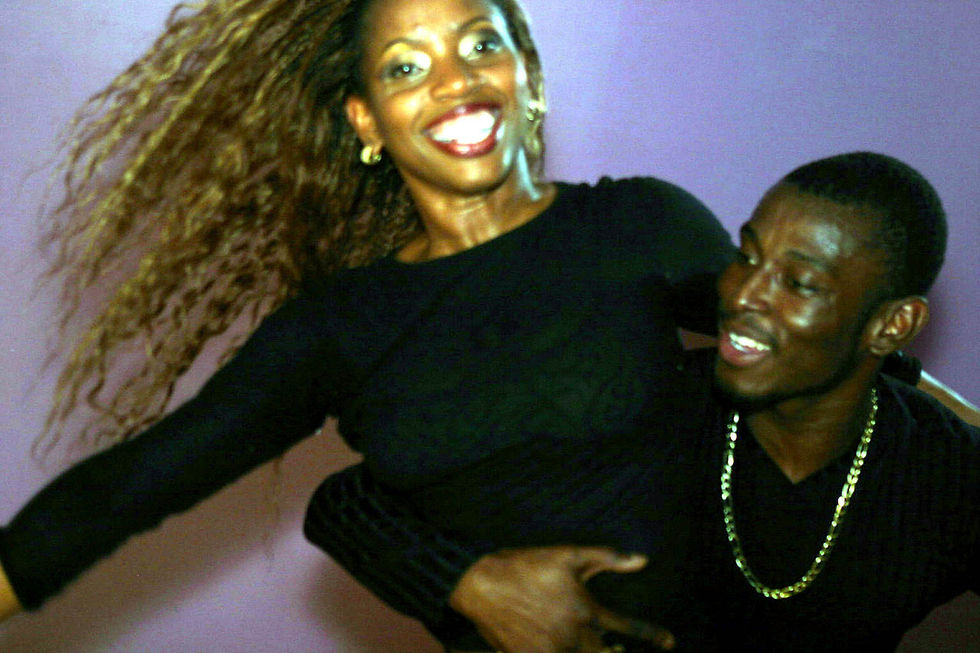

Soft-spoken but with adynamic, powerful, almost lyrical undertone, Juliu Horvath, creator and founder of Gyrokinesis exercise and the Gyrotonic Expansion System®, begins instructing his Level 1 Gyrokinesis class: “Sit up straight; gather your energies, straight but soft, so that your spine is like a child’s, slightly wobbling, so the flesh of your body can relax on the top of your bones. Enter into your bone structure, close your eyes for a moment, and just feel that everywhere your bones are...

Stretch 1. to draw out or extend or be drawn out or extended in length, area, etc 2. to extend or be extended to an undue degree, esp so as to distort or lengthen permanently 3. to extend (the limbs, body, etc) 4. (tr) to reach or suspend (a rope, etc) from one place to another 5. (tr) to draw tight; tighten


